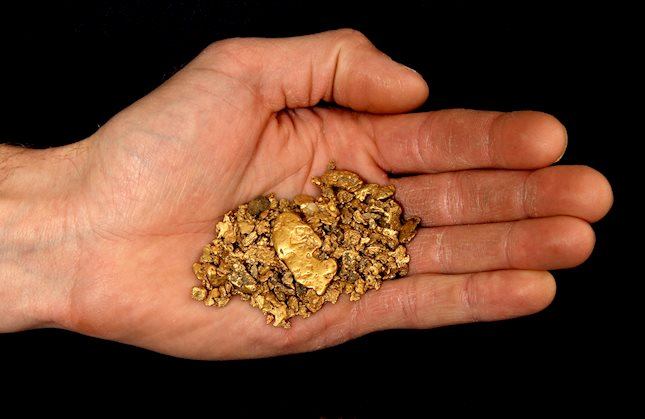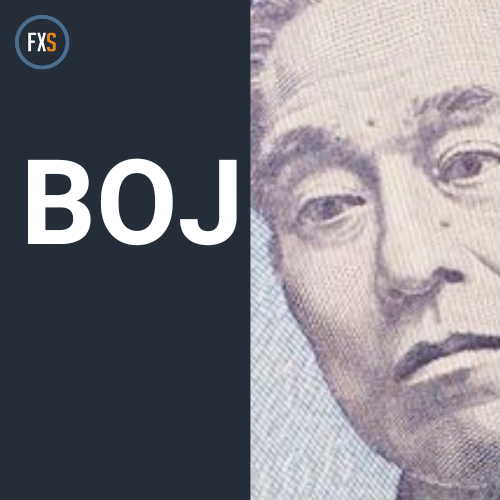Japanese Yen retains bearish bias ahead of BoJ Governor Ueda's speech
- The Japanese Yen dives to a one-month low after the BoJ's decision to leave rates unchanged.
- The Fed's hawkish shift remains supportive of elevated US bond yields and also weighs the JPY.
- The risk-off impulse could support the safe-haven JPY and cap the upside for the USD/JPY pair.
The Japanese Yen (JPY) dropped to a one-month low against its American counterpart after the Bank of Japan (BoJ) decided to leave interest rates unchanged earlier this Thursday. Furthermore, elevated US Treasury bond yields, bolstered by the Federal Reserve's (Fed) projected cautious path of easing next year, contributed to driving flows away from the lower-yielding JPY. This, in turn, pushed the USD/JPY pair beyond the 155.00 psychological mark during the Asian session.
Meanwhile, the BoJ expects the Consumer Price Index (CPI) to pick up in 2025 and keeps the door open for a hike in January or March. This, along with the risk-off impulse, offers some support to the safe-haven JPY and caps the USD/JPY pair. Traders also seem reluctant and opt to wait for more cues from BoJ Governor Kazuo Ueda's remarks at the post-meeting press conference. Nevertheless, the aforementioned fundamental backdrop seems tilted in favor of the JPY bears.
Japanese Yen continues losing ground after the BoJ policy update
- The Bank of Japan decided to keep the short-term rate target unchanged in the range of 0.15%-0.25% after the conclusion of a two-day monetary policy review meeting this Thursday.
- The BoJ said it expects CPI to pick up in 2025, amid a virtuous cycle of higher wages and increased private consumption and wanning effects of the recent government subsidies.
- This comes hours after the Federal Reserve lowered its benchmark policy rate by 25 basis points on Wednesday to the 4.25%-4.50% range, marking the third rate cut since September.
- Meanwhile, the Fed's so-called dot plot indicated that policymakers now see just two quarter-point rate cuts next year compared to four rate cuts forecasted in September.
- In his post-meeting press conference, Fed Chair Jerome Powell said that inflation remains somewhat elevated relative to the central bank’s 2% longer-run goal.
- The yield on the benchmark 10-year US government bond recorded its highest closing since May 31 and the US Dollar shot to a two-year high after the Fed's hawkish cut.
- Elevated US bond yields, along with expectations that the Bank of Japan will keep interest rates unchanged, further drive flows away from the lower-yielding Japanese Yen.
- Later during the early North American session, the US macro data – the final Q3 GDP print and Weekly Initial Jobless Claims – might provide some impetus.
- The market attention will then shift to the US inflation data – the US Personal Consumption Expenditures (PCE) Price Index, due for release on Friday.
USD/JPY bulls have the upper hand while above the 155.00 mark
Against the backdrop of the recent strong move up from 100-day Simple Moving Average (SMA) support, or the monthly low, a subsequent strength beyond the 155.00 psychological mark could be seen as a key trigger for bullish traders. Furthermore, oscillators on the daily chart have been gaining positive traction and are still away from being in the overbought zone. Hence, a sustained strength beyond the said handle should allow the USD/JPY pair to surpass the 155.40-155.45 intermediate hurdle and aim to reclaim the 156.00 mark. The momentum could extend further towards testing the multi-month top, around the 156.75 area touched in November.
On the flip side, the 154.25 area now seems to act as an immediate support ahead of the 154.00 mark. Some follow-through selling might expose the weekly low, around the 153.15 region, which if broken could drag the USD/JPY pair to the next relevant support near the 152.55-152.50 zone. Any further decline could be seen as a buying opportunity and remain limited near the very important 20-day SMA pivotal support near the 152.20 region. Failure to defend the said support levels might shift the near-term bias in favor of bearish traders and make spot prices vulnerable to weaken further towards the 151.00 round-figure mark.
Bank of Japan FAQs
The Bank of Japan (BoJ) is the Japanese central bank, which sets monetary policy in the country. Its mandate is to issue banknotes and carry out currency and monetary control to ensure price stability, which means an inflation target of around 2%.
The Bank of Japan embarked in an ultra-loose monetary policy in 2013 in order to stimulate the economy and fuel inflation amid a low-inflationary environment. The bank’s policy is based on Quantitative and Qualitative Easing (QQE), or printing notes to buy assets such as government or corporate bonds to provide liquidity. In 2016, the bank doubled down on its strategy and further loosened policy by first introducing negative interest rates and then directly controlling the yield of its 10-year government bonds. In March 2024, the BoJ lifted interest rates, effectively retreating from the ultra-loose monetary policy stance.
The Bank’s massive stimulus caused the Yen to depreciate against its main currency peers. This process exacerbated in 2022 and 2023 due to an increasing policy divergence between the Bank of Japan and other main central banks, which opted to increase interest rates sharply to fight decades-high levels of inflation. The BoJ’s policy led to a widening differential with other currencies, dragging down the value of the Yen. This trend partly reversed in 2024, when the BoJ decided to abandon its ultra-loose policy stance.
A weaker Yen and the spike in global energy prices led to an increase in Japanese inflation, which exceeded the BoJ’s 2% target. The prospect of rising salaries in the country – a key element fuelling inflation – also contributed to the move.
Forex News
Keep up with the financial markets, know what's happening and what is affecting the markets with our latest market updates. Analyze market movers, trends and build your trading strategies accordingly.

























